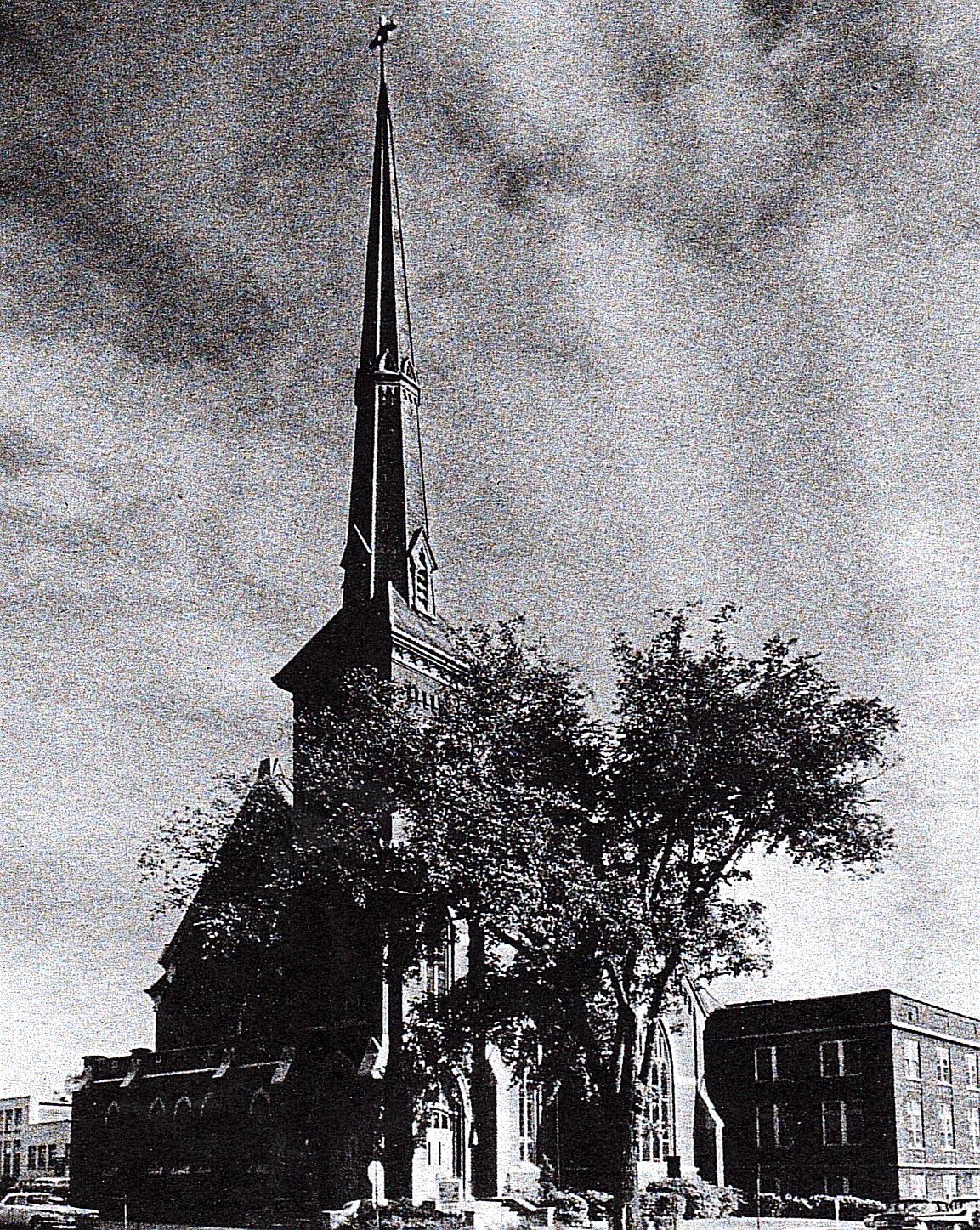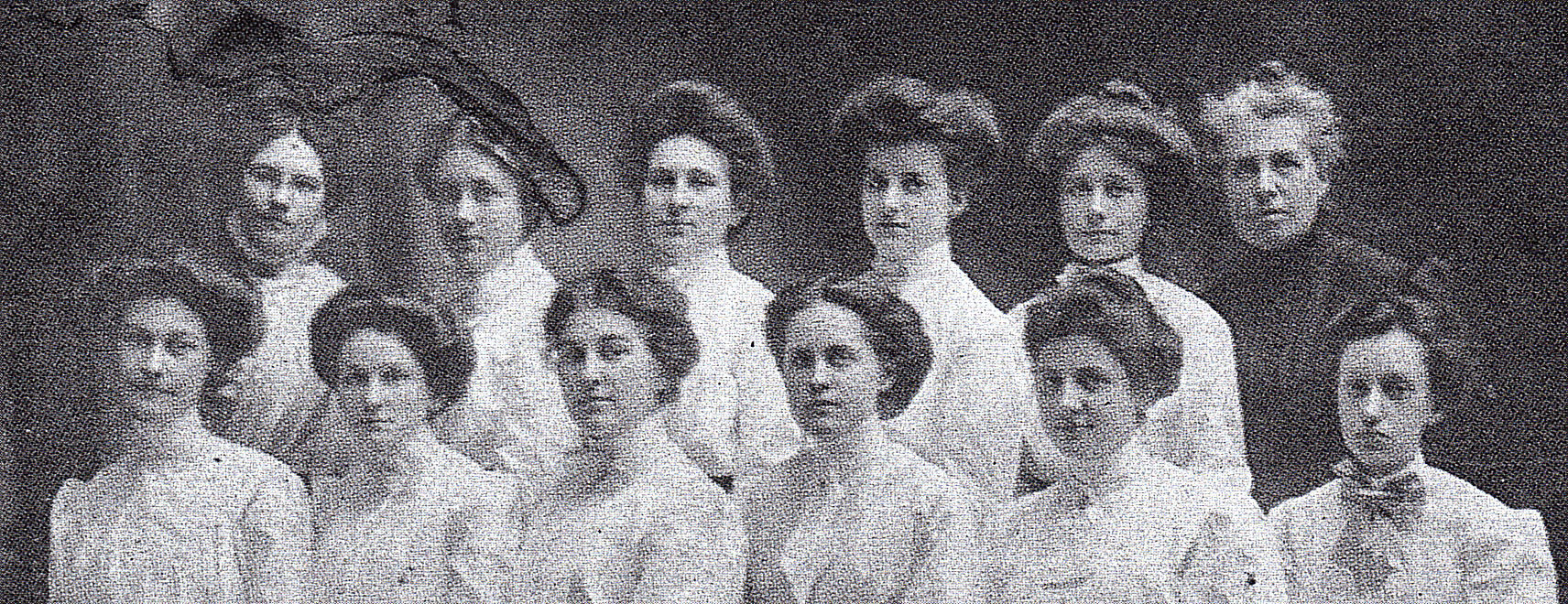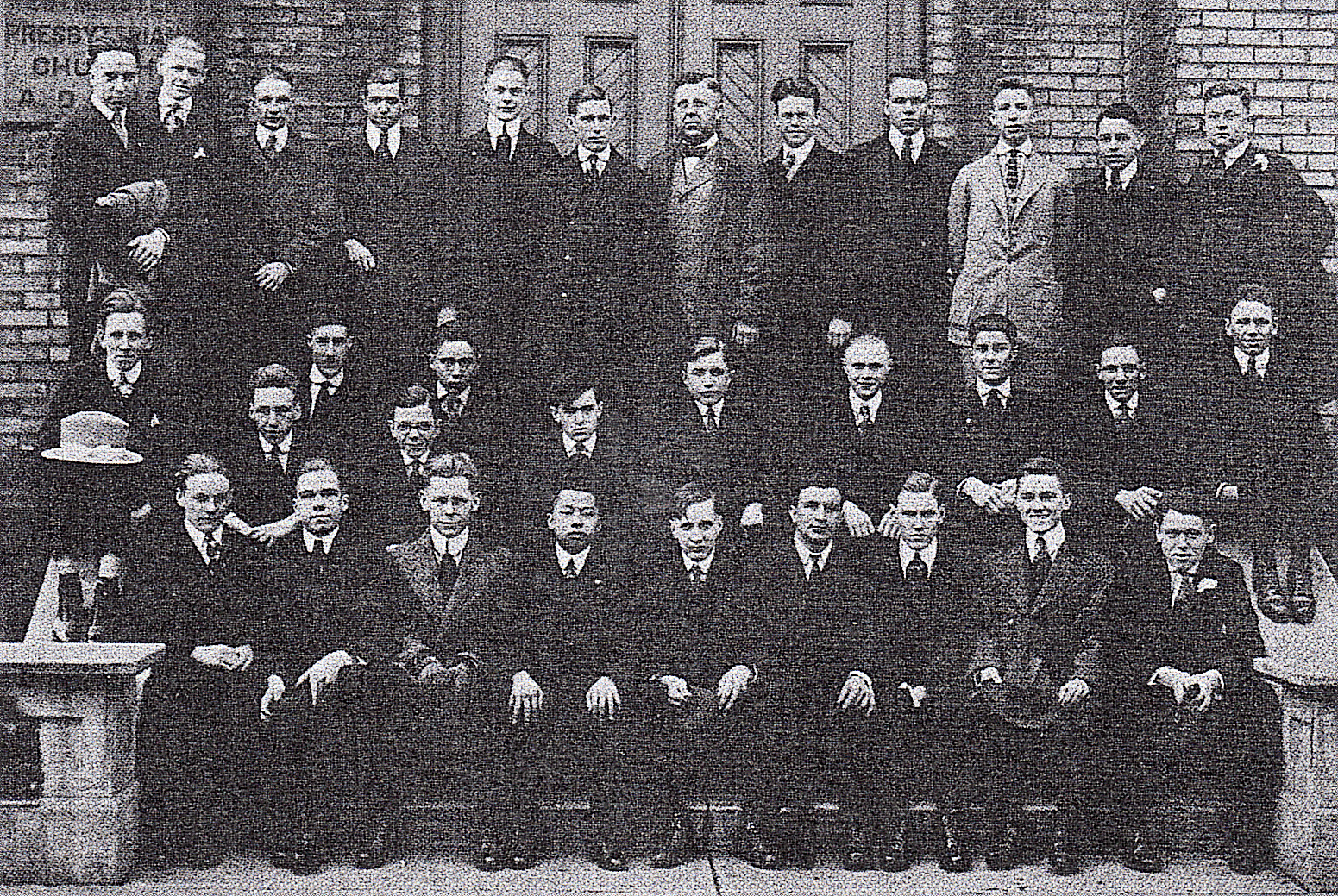

Westminster Presbyterian Church History
|
In 1861 a group of twenty-five men and women from First Presbyterian Church on Scribner Street felt the need for a church on the east side of the Grand River. With the assistance of Rev. Courtney Smith, Supply of First Church, they banded together to become the Westminster Presbyterian Church. They were received by the Grand River Valley Presbytery on 17 Jul 1861. Twelve Articles of Association were adopted. The first trustees chosen were: C. H. Chase, W. E. Groves, C. J. Dietrich, A. H. Botsford and L. L. Riggs. It was a time of struggle and hardship with many distractions, including the beginning stages of the Civil War. Soldiers were encamped on the hill between Fountain Street and Michigan. The older church (First Presbyterian) was not too sympathetic feeling the town could not support two Presbyterian churches. New people coming to town tended to join the well-established church. The group rented the Swedenborgian Church at the northwest corner of Lyon and
Division and met there for four years. The Rev. Courtney Smith continued to
serve the Supply for this time period. He resigned in 1865. That fall a call
went out to the Rev. Reuben S. Goodman, nephew of Rev. Smith. The first Ladies Aid Society was organized by the minister's wife. Its records
were destroyed by some boys during a church supper. The society eventually
furnished the church. The Women's Missionary Society was begun on 15 January 1874 with Martha Ball as its first president. Miss Ball had been a missionary to Turkey. Many changes took place in the next years. An attempt to change the name to Second Presbyterian failed. In 1874 the federal government bought the church property and additonal land for the site of the present post office. The trustees received $14,075 for their church building. The members continued to use the church for an additional two years. In 1875 three lots at the southwest corner of Jefferson and Fulton were purchased. A chapel was built on one lot and the foundation was laid for the main auditorium. A building committee was appointed to plan and build the sanctuary. It was completed in 1886, ten years after the foundation was laid. A new organ was installed. The church and organ were dedicated during the ministry of Rev. Sanford H. Cobb. In 1882, the Ladies Aid Society was re-organized as the Christian Workers
Society. Its goal was to work for the welfare of the church, for the property,
for the care of the sick and visiting all new families to invite them to the
church. Income during this period was from pledged contributions, rental of pews and Sabbath collections. In 1888 the envelope system was put into use. Soon after this the free pew system was adopted. A report in 1891 showed a steady growth in membership which increased from 25 to 258 communicants in thirty years. The Sunday School also grew and it had 237 members. Societies at that time were the Home Missionary Society, Foreign Missionary Society, Mission Band, Christian Workers, Westminster League and Young People's Society. In 1895 Rev. Dr. John M. Fulton was called to the pastorate. He remained for seven years and there was continued growth. The choir loft and pulpit were remodelled. The Christian Workers presented a new steam-heating system to the church. Miss Kittie Doan was chosen to work with the poor and neglected of the city at a salary of $25 per month. The Fortnightly Society for married couples was started. It was organized for "philosophy and fun". Combined ages of the couples had to be 80 years or less. During the pastorate of Rev. John T. Thomas (1910-1915) important changes were made to the auditorium. The pulpit and choir loft were moved to the south side of the sanctuary, a new balcony was placed on the north side, improvements in the Sunday School rooms, the pastor's study and the kitchen were made. As usual, the Christian Workers raised $2,000 to redecorate and refurnish the interior of the church. Miss Vera Ingerson joined the church in 1916 as the foreign missionary to Chosen
(Korea). The church continues in the same location today (2009) working with the inner city peoples needs. |

1900's Goodman Guild
Top Row: Mable Alexander, Edith Butler, Daisy Hill,
Helen Hayes, Edna Kinzie, Clara Goodman
Bottom Row: Mildred Gilmore, Myrtel Vieger, Bessie Johnson, Florence Hood,
Harriett Hart, Albertine Munson

Westminster Sunday School - Young Men's, 1916
|
Standing: Carl Herron,
Robert Rice, Cleo Smith, --- Heinz, Donald Williams, ----, Mr. VanAiken, Hugh
Driscoll, Christ Beukema, Edwin Elliott, Ward Palmer, Robert Gray Middle: Ernest Beard, Roderick McKenzie, ----, Theodore Applegate, Hugh Wilson, Foster Potts, James Kerr, ----, John Beukema, jack P. Beukema Bottom: -- Jarvis, Lee M. Woodruff, Russel Powers, Lum Chu, Edward Pritchard, Gerritt Jurgens, John H. Millar, Richard Wren |
Transcriber: ES
Created: 8 April 2009